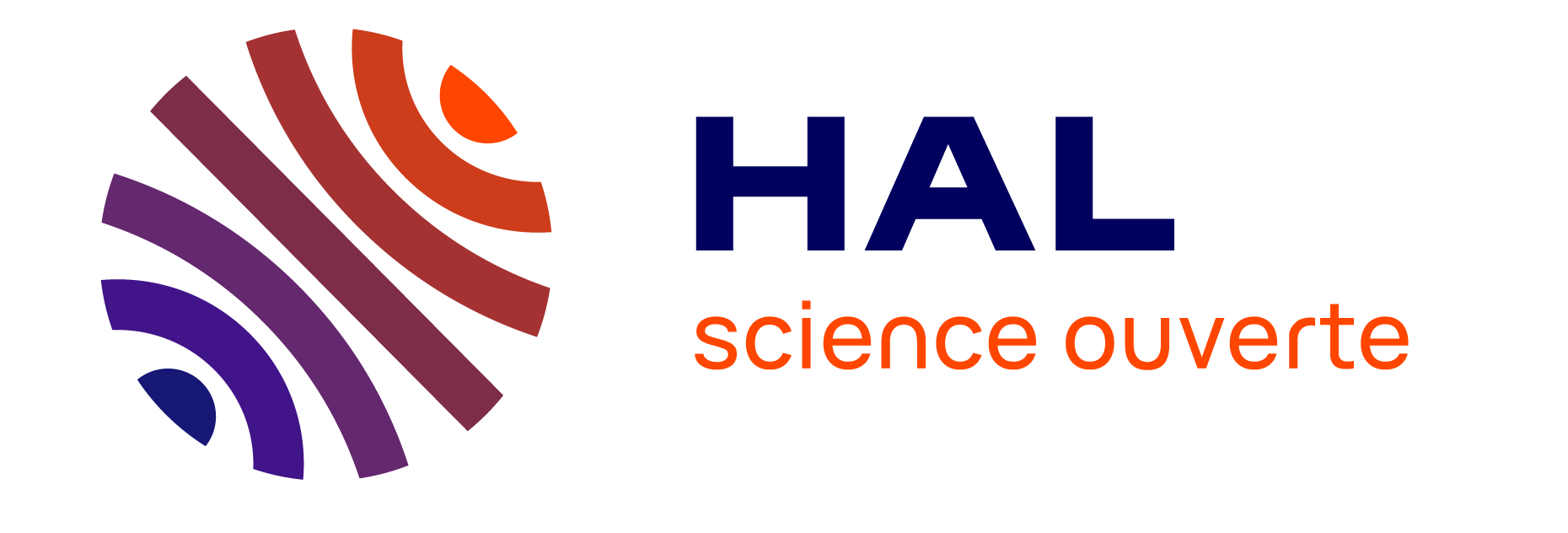(R)-evolution in the implementation of photometric stereo - Application to archaeology
Résumé
There are two main families of photographic 3D reconstruction methods. On the one hand, so-called geometric methods (photogrammetry), which use images of the scene taken from different viewpoints, are based on the principle of triangulation. Photometric methods, on the other hand, relate the appearance of a 3D point (grey level or colour levels) to the orientation of the normal, relative to the direction of the incident light. While photogrammetry can be used to estimate the overall shape of a 3D scene, provided that the scene is sufficiently textured, photometric methods highlight the details of the relief, if the physical model linking the lighting to the relief of the scene and its reflectance is sufficiently realistic. In this article, we introduce a method of photographic 3D reconstruction that is both multi-view and multi-lighting, which combines the advantages of both approaches, and is particularly easy to implement in the archaeological context, since no object other than the scene is required to estimate the illumination.
Fichier principal
 LC3D.pdf (10.92 Mo)
Télécharger le fichier
poster.pdf (28.08 Mo)
Télécharger le fichier
LC3D.pdf (10.92 Mo)
Télécharger le fichier
poster.pdf (28.08 Mo)
Télécharger le fichier
| Origine | Fichiers produits par l'(les) auteur(s) |
|---|
